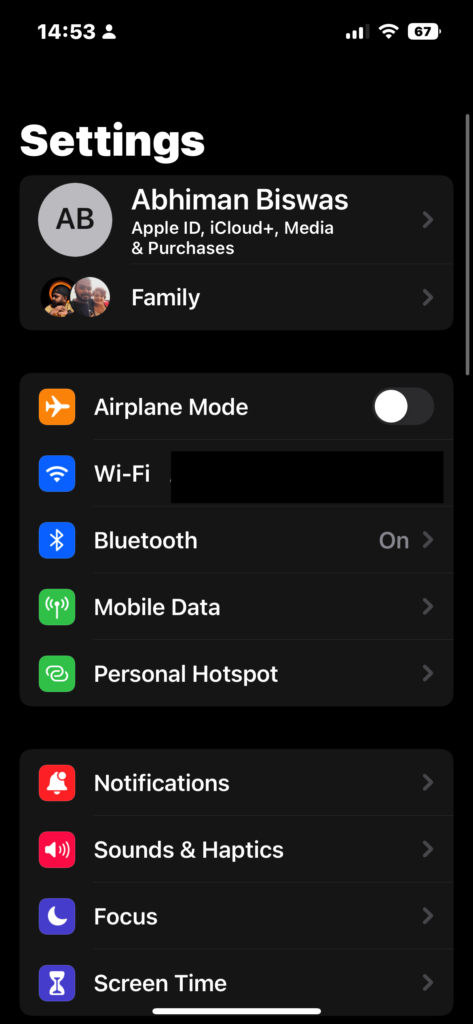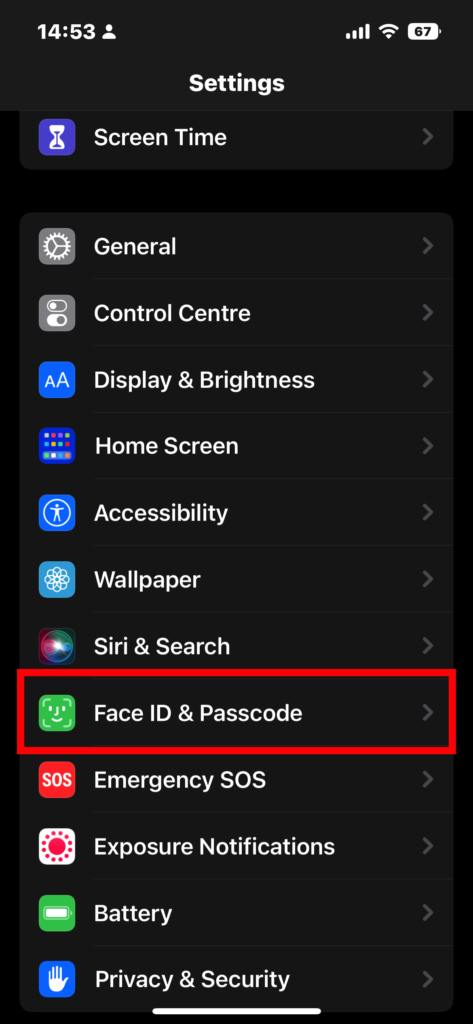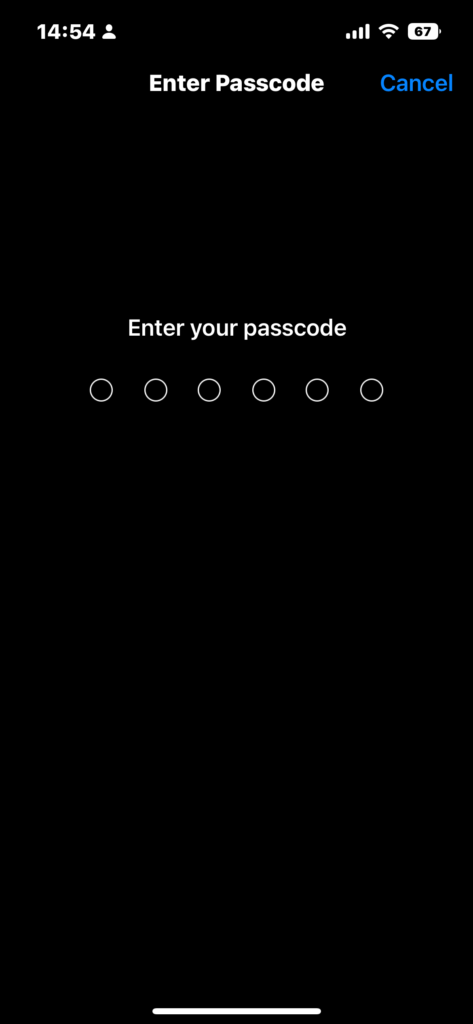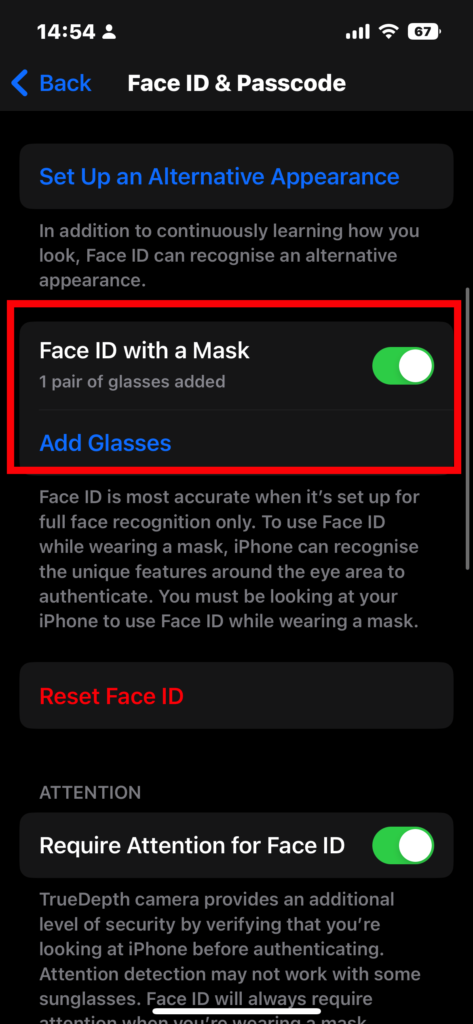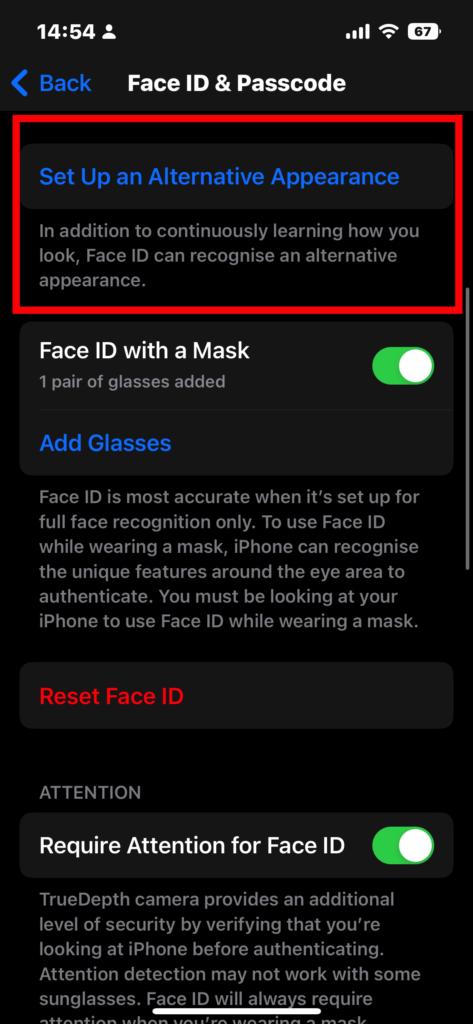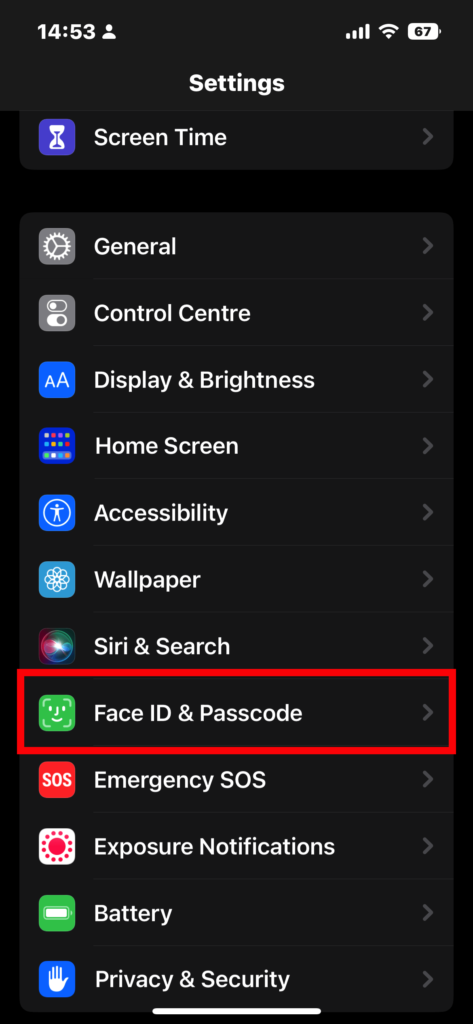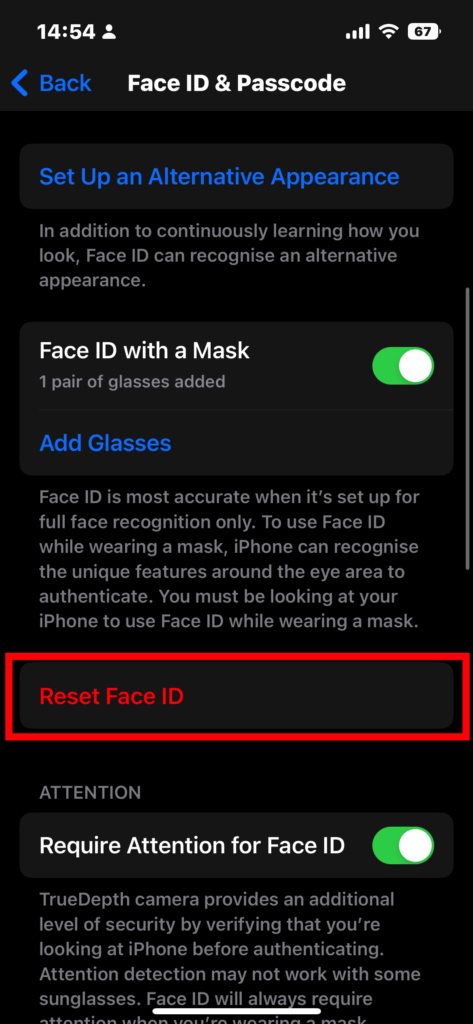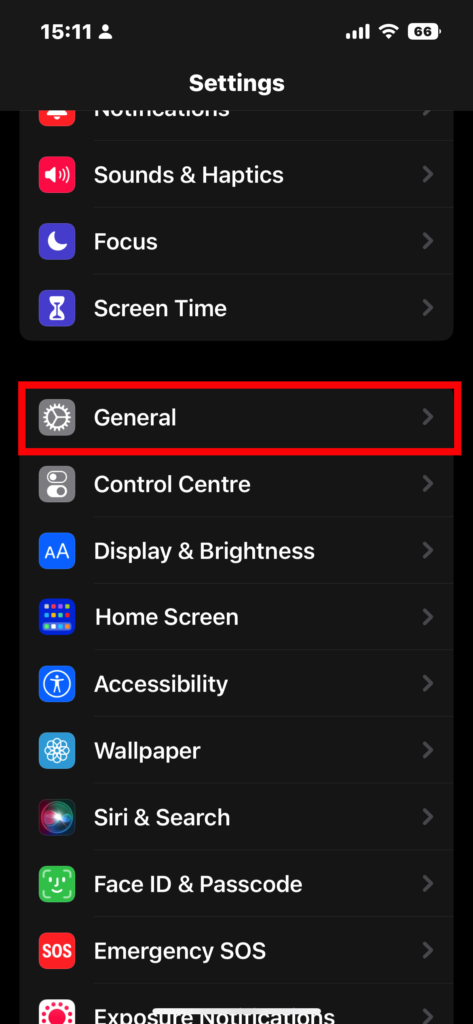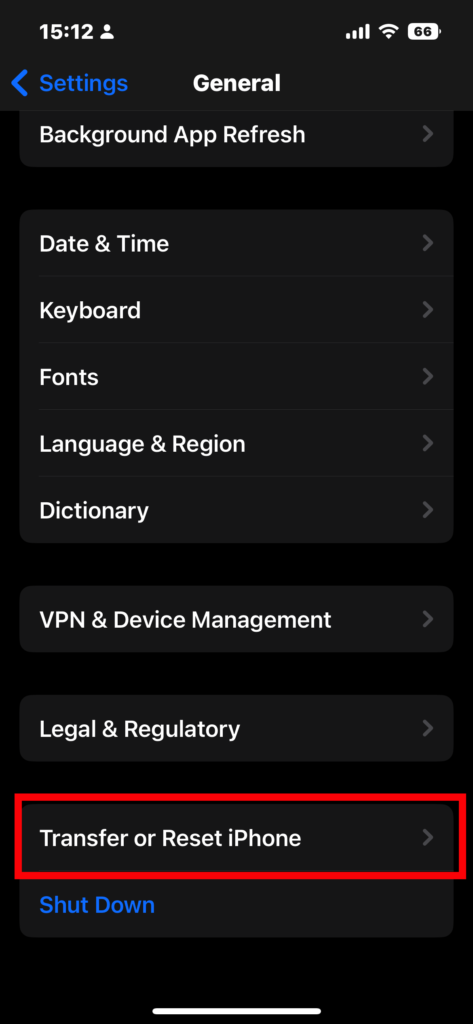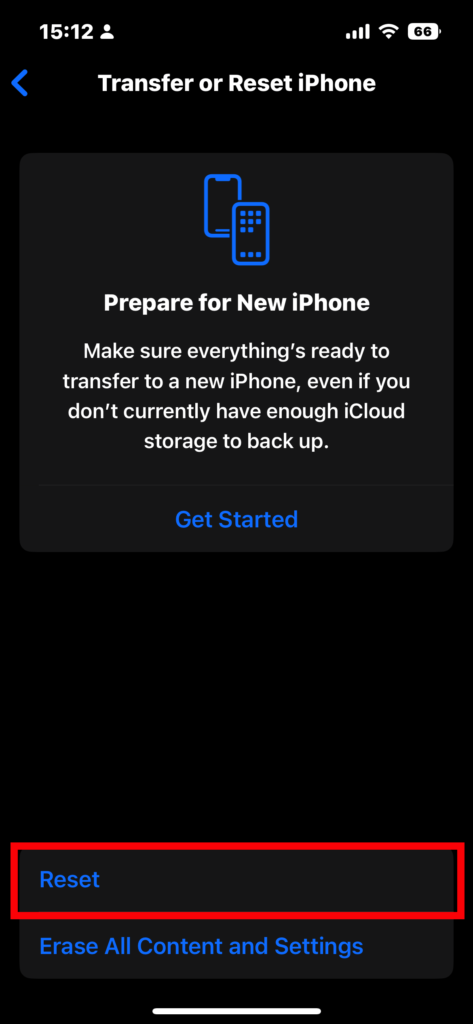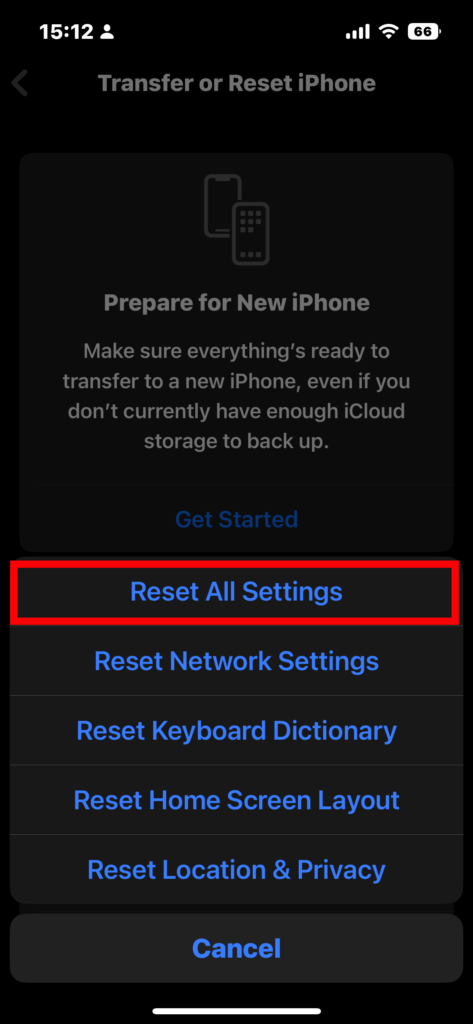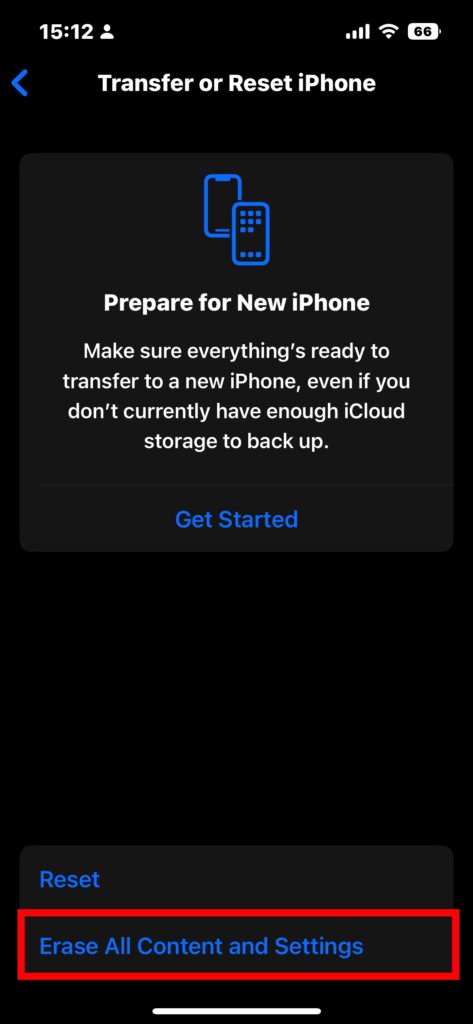You may miss setting up the face ID when first setting up the new iPhone 14 series device, or updating an older iPhone might break the Face ID on your phone. Whatever the reason, there are a few simple tips to get the Face ID working on your iPhone as intended. If you’re looking for a solution, too, here are the top 10 tips.
1. Set Up Face ID Again in iOS 16
As mentioned before, setting up the new iPhone 14 series for the first time or updating to the latest iOS 16 with a significant design overhaul might cause Face ID issues for some users. Here’s how you can set up Face ID in iOS 16 manually.
- Open your iPhone and head to Settings.
- Now, navigate to Face ID & Passcode.
- Enter your iPhone Passcode to access the setting.
- Follow the onscreen prompts to set up Face ID.
- Your Face ID should now be working.
2. Keep the Face ID sensors clean
If your iPhone is your primary, everyday device, you probably use it primarily to attend to all calls coming to your number. All those long business or personal calls with the phone stuck to your face leaves a layer of grime and oil on the Face ID sensors. It messes with face recognition and causes Face ID to misbehave. If you can see visible grime on top of the display notch or Dynamic Island on newer iPhone 14 Pro and iPhone 14 Pro Max, it’s advisable to clean it up. To do this, use a soft microfiber cloth for the smartphone display to avoid scratches.
3. Ensure the screen guard is not scratched
Most Apple users tend to apply a tempered guard or a screen protector to keep scratches at bay. These screen protectors tend to get scratched and dirty over time, which might hinder the proper functioning of the Face ID. Usually, iPhone screen guards have a precision cutout for the display notch housing the Face ID sensors, which shouldn’t cause any issues. However, if you use a full-screen tempered glass screen protector that covers the notch to protect the sensors, you might have to change it often. If you are facing Face ID not working on your iPhone issue, check your screen guard and replace it if there are scratches.
4. Hold your iPhone or iPad properly
It would help if you were properly visible to the Face ID sensor to work accurately. For this, you need to ensure that you are holding the phone in the right position. Hold it so that your face is in the camera’s field of view. Hold your iPhone at a comfortable distance from your face, which means neither too close nor too far. Also, iPhones on iOS 15 and older must be held in portrait mode for the Face ID to work, so ensure that you are holding the phone the right way for the Face ID to work.
5. Check if the Face ID sensor is damaged
If facing issues with Face ID after knocking or dropping your iPhone, the Face ID sensors might be damaged. It would be best to get your iPhone checked by a specialist to confirm whether or not it is physical damage. Remember not to go to any local mobile repair shop to get this done. It will not only void your warranty but may also cause further damage to the sensors and the display itself. The hassle and the risk are not worth the money saved. Getting your iPhone checked only at the authorised Apple service center is advisable.
6. Ensure your face is visible completely
Your face should be visible for the Face ID to work properly. The latest and new iPhones support Face ID unlock with masks as well. However, older devices require you to remove any veil, mask, or accessories on your face. In newer models, you can set up Face ID to recognise you with a mask on by following the below steps.
- Open your iPhone and head to Settings.
- Now, navigate to Face ID & Passcode.
- Enter your iPhone Passcode to access the setting.
- Scroll down to Face ID with a Mask option and toggle it on.
- Follow the onscreen prompts to set it up.
7. Set up an alternate appearance
If you wear glasses or follow No Shave November and are growing a beard, your iPhone might not be able to detect the changes in your face. Therefore, you must set up an alternate appearance for the Face ID to work properly. Here’s how you can do it.
- Open your iPhone and head to Settings.
- Now, navigate to Face ID & Passcode.
- Enter your iPhone Passcode to access the setting.
- Scroll down to the Set Up an Alternative Appearance option and toggle it on.
- Follow the onscreen prompts to set it up.
8. Reset Face ID
If the above methods are not working, you might have to reset the Face ID and set it up again. Doing this will remove the previous Face ID, and you will need to set it up all over again. Here’s how to reset Face ID on iPhone.
- Open your iPhone and head to Settings.
- Now, navigate to Face ID & Passcode.
- Enter your iPhone Passcode to access the setting.
- Click on Reset Face ID.
- Now, click on Set up Face ID.
- Follow the onscreen prompts to set up Face ID.
- Your Face ID should now be working.
9. Reset all settings
Remember that resetting all settings doesn’t erase personal data like photos, videos, apps, music, and more. However, iPhone settings like Wi-Fi, Face ID, Passwords, and keyboard settings, among others, are removed. This is how you can reset all settings on your iPhone.
- Open your iPhone and head to Settings.
- Navigate to General and click on it.
- On the next, scroll down to the bottom and click on Transfer or Reset iPhone.
- Click on Reset in the context menu.
- Tap on Reset All Settings in the menu that pops up next.
- Wait for the process to finish, then set up your Face ID again.
- Your Face ID should be working fine now.
10. Factory Reset Your iPhone
It is the last option if nothing else works for you. Beware! Performing a factory reset will wipe your iPhone completely and restore it to factory settings. You will lose all the data on your iPhone as well. Now that you know the risk involved, here’s how to factory reset your iPhone.
- Open your iPhone and head to Settings.
- Navigate to General and click on it.
- On the next, scroll down to the bottom and click on Transfer or Reset iPhone.
- Click on Erase all Content and Settings in the context menu.
- Follow onscreen prompts and wait for the process to finish.
Why does Face ID stop working?
It can happen for various reasons, like dropping your iPhone, a dirty Face ID sensor, or a scratched screen protector. Check for these before you visit an Apple service center.
What to do when Face ID stops working on iPhone?
Face ID can stop working on an iPhone for various reasons. It could be dirty Face ID sensors, scratched screen protectors, dropping your iPhone, buggy iOS updates, etc. You should troubleshoot these issues when Face ID stops working on iPhone.
Can Face ID be repaired?
You can get the faulty Face ID on your iPhone repaired from Apple authorised service centers.
Final Words
Face ID is highly secure and offers a seamless iPhone experience. If the Face ID issue is not hardware related, one of the methods listed in this article should work. Once your Face ID is fixed, you should be able to enjoy your iPhone all the more. Also read: How to Fix iPhone 14 Pro Always-On Display Not Working
